GeoSLU to Train Members of U.S Intelligence Community
Last month, SLU’s Vice President for Research, Kenneth Oliff, PhD, announced that SLU’s Geospatial Institute (GeoSLU) was awarded a five million dollar grant, called the GEOINT Learning through Academic Programs (GLAP), which promotes the training of members of the U.S intelligence community by SLU faculty.
Oliff specified that the workforce of the Department of Defence (DoD) and the National Geospatial-Intelligence Agency (NGA) would “take courses on Geoinformatics and Geospatial Data Science from our faculty in St. Louis” through GeoSLU, an interdisciplinary institute centered around geospatial technologies that was established at the end of 2019.
The NGA, which is headquartered in Virginia, currently oversees an NGA campus in St. Louis and is in the process of building a new campus in North St. Louis that is slated to be completed in 2023. It is often categorized as part of the “Big Five” of U.S intelligence agencies, alongside the CIA, the NSA, the Defense Intelligence Agency (DIA) and the National Reconnaissance Office (NRO), and is responsible for gathering “world-class geospatial intelligence that provides a decisive advantage to policymakers, warfighters, intelligence professionals and first responders.”
The announcement comes as part of a longer history of collaboration between SLU and the NGA. SLU previously signed a special agreement to partner on research and training with the NGA, which stipulated that SLU would provide the agency with “subject matter expertise, test support and technical assistance in emerging research areas, such as unmanned aircraft systems and predictors of regional conflict and instability.”
For some members of the SLU community, this grant, which explicitly asks SLU faculty to train spies and warfighters, raises ethical concerns about SLU’s collaboration with the U.S military and the U.S intelligence community.
The NGA’s main function is to analyze the billions of images and videos captured by drones and spy satellites that circle the globe, and it has taken on an increased role in US intelligence gathering in the post-9/11 era and the ensuing “War on Terror.” Though it has non-military and non-surveillance activities, its primary function since 9/11 has been in the military and surveillance sphere.
In an opinion piece published in The Hill, Mark Sparkman, a former senior CIA officer, emphasized the role the NGA plays in U.S military operations: “One of the most important missions involves support to the warfighter. NGA professionals provide the maps, geospatial intelligence (GEOINT) and unique renderings that assist the military services to prosecute their mission and prevent conflict. As such, NGA is a combat support organization.”
David Rapach, Ph.D, a professor of Economics at SLU, wrote on the Saving SLU website, “As a university community, are we comfortable with accepting money to train warfighters and spies for the US government? If SLU truly stands for social justice, rather than accepting money to train warfighters and spies, shouldn’t we protest the US government’s unjust wars and spying?”
At a time when SLU is in the midst of reckoning with its role in perpetuating racial injustice, including its own involvement in slavery and segregation, and there is a renewed focus on the alignment of SLU’s actions with its stated values, some question whether involvement with the NGA is compatible with the commitments made in SLU’s own mission statement, part of which promises to “commit university resources to local, national and international communities in collaborative efforts to alleviate ignorance, poverty, injustice and hunger; extend compassionate care to the ill and needy; and maintain and improve the quality of life for all persons.”
The NGA itself has drawn criticism from St. Louis activists in recent years as it’s presence in the city continues to grow. The organization Save Northside STL, founded in 2015 to fight eminent domain abuse, was active in opposing the initial announcement of the NGA campus in North St. Louis. The construction, which is still ongoing, required the demolition of 47 homes and the expulsion of families who had lived there for decades and who had no desire to leave their homes.
At the time Charlesetta Taylor, a 79-year old who led the charge against the NGA construction, told The Intercept: “We were the first black family on this block. It was 1945. Black families couldn’t live in certain areas but my father was able to buy a home anyway.” The NGA went ahead with its demolition and construction after homeowners were forced to relocate through eminent domain.
GeoSLU does have an oversight arm to ensure that the projects and technologies that it engages with align with the values of St Louis University and the Jesuit, Catholic mission.
This body, the Geospatial Ethics Research and Practice Group: writes: “Geospatial mapping technologies have tremendous potential for the common good. But without ethical reflection and wisdom, the same technologies can lead to great harm—some intended, some simply the result of narrowly or poorly conceived projects.”
According to Michael Rozier, S.J., a Professor of Health Management and Policy and a co-leader of the GeoSLU Ethics Research and Practice group, efforts to ensure that the grant meets ethical standards include a professional ethics course as part of the curriculum.
Rozier said: “The ethics course aims to give professionals in geospatial intelligence an opportunity to explore the ethical challenges related to their profession. It will use case study methodology and will explore ethical principles and their application in the profession of geospatial technology.”
Your donation will support the student journalists of Saint Louis University. Your contribution will help us cover our annual website hosting costs.
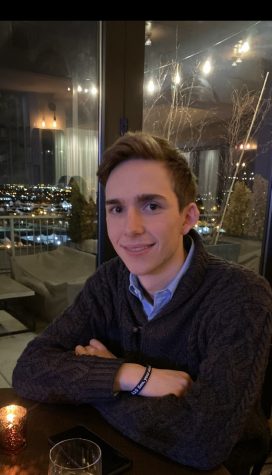


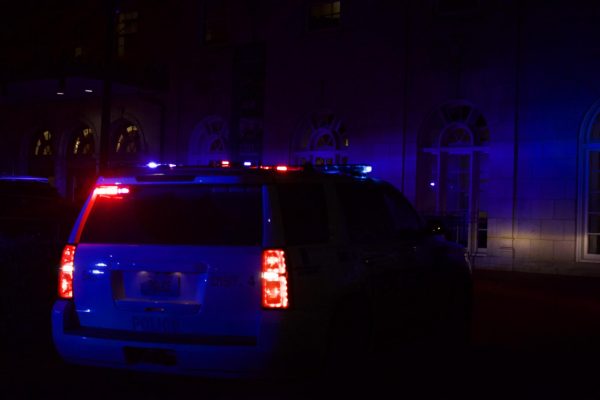
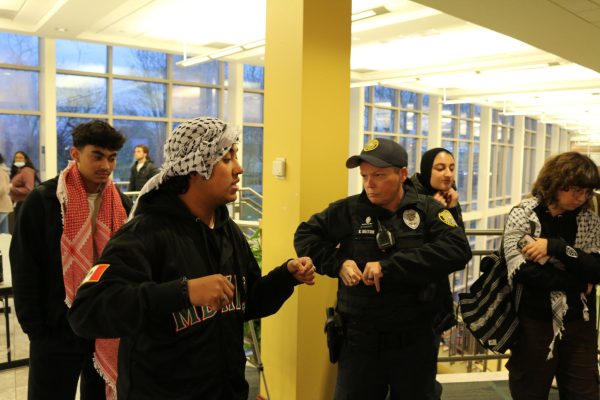
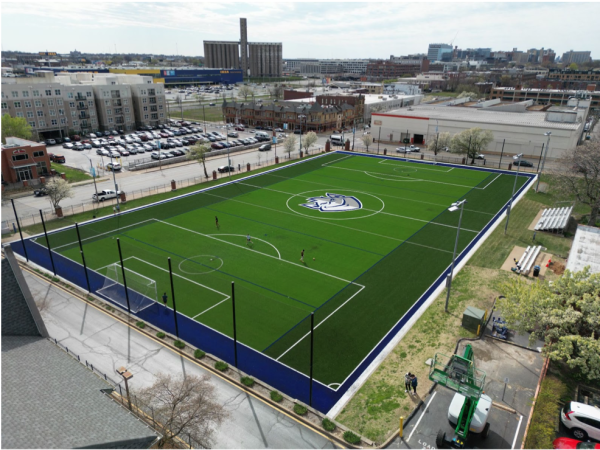

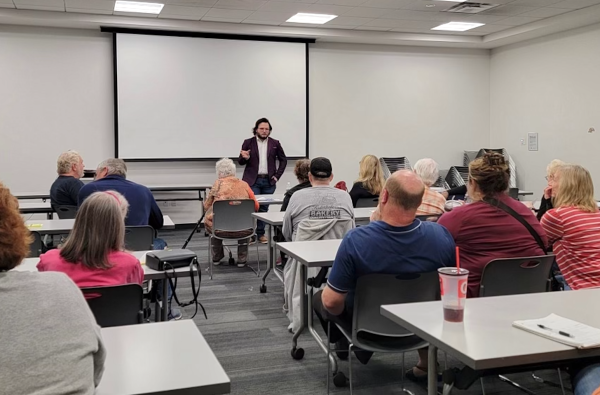
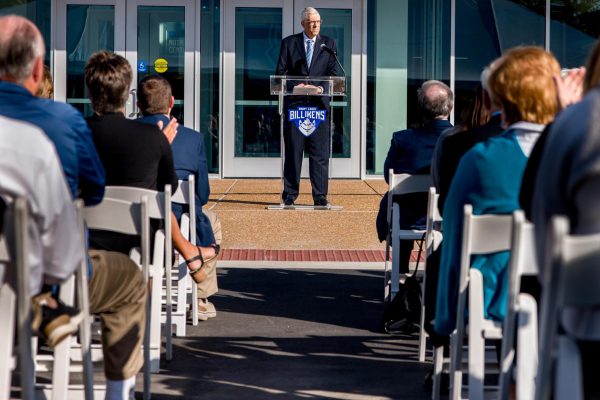
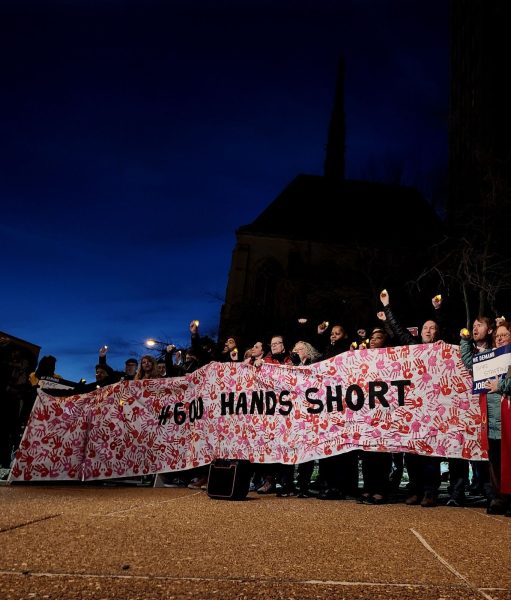
Penny Weiss • Oct 7, 2020 at 11:29 am
A great piece, Conor! I fear that SLU takes its much-talked-about mission and tucks it away when it sees $$$. This is deeply troubling, on the issue of GEOSlu and beyond. We need to see and challenge this pattern.